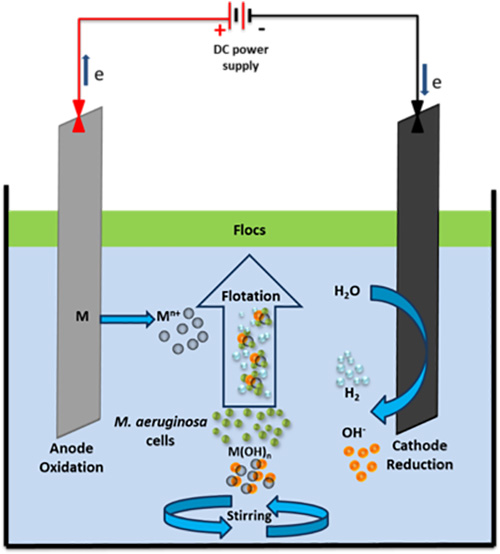Profile

Nationality : Sri Lankan
Keywords : Water treatment, Cyanobacteria, DOC, Electrocoagulation, Electrocoagulation–flotation, Electrooxidation
Research advisor : Prof. Takeshi Fujino
Why I entered GSC program
Cyanobacteria and their metabolites are becoming a major threat to drinking water supplies in many countries. In some parts of Sri Lanka, raw water is abstracted from stagnant water sources for the urban water treatment process. Especially during the dry seasons, operators of urban water treatment plants face many problems in water purification such as filter clogging, the release of cyanotoxins and taste and odor compounds as the cyanobacteria population increases. Exposure to drinking water contaminated with elevated concentrations of cyanotoxins could cause adverse health effects to human. As well as, earthy and musty odor compounds that affect the organoleptic properties of drinking water are becoming a public health and palatability concern. Therefore, it is certainly important to find out a proper sustainable solution to get rid of these cyanobacterial cells, their toxins and other dissolved metabolites. Since I have performed researches related to wastewater and water treatment in my bachelor’s and master’s degrees, I am very interested to study electrochemical treatment methods for cyanobacteria treatment. Accordingly, I applied for a PhD under the GSC program as my study background closely related to the scope of the program. The GSC program is conducted under the Graduate School of Science and Engineering of Saitama University, covers a wide range of research fields including environmental and ecological engineering. As a developed country, Japan maintains high educational standards with the latest technology and I am proud to have the opportunity to study at a reputed university in Japan such as Saitama University.
Research title
Applicability of electrochemical treatment methods to remove cyanobacteria and thier metabolites in water
Research abstract
Cyanobacteria adversely affect the quality of drinking water supplies owing to their metabolites. Generally, cyanobacteria release a large amount of soluble algogenic organic matter to the water such as extracellular organic matter, which is expelled to the water by living algal cells as a product of their metabolic activities, and intracellular organic matter, which is secreted upon the rupture of cells caused by endogenous or exogenous factors. Consequently, cyanobacteria have been recognized for decades as a potential source of taste and odor compounds and precursor materials for the formation of disinfection by-products such as trihalomethane and haloacetic acid. Therefore, it is important to remove cyanobacterial cells at the beginning of the water treatment chain. Cyanobacteria have been removed by conventional treatment techniques such as pre-oxidation by ozone or chlorine dioxide, chemical coagulation, sedimentation, flotation, and filtration using combined membrane technologies. However, there are many problems such as high cost, large amounts of sludge produced, huge energy consumption, and the complexity of treatment processes. Recently, the electrocoagulation–flotation process has been suggested to be a promising alternative option for the removal of cyanobacterial. Metal ions are generally released at the sacrificial anode by electrolytic oxidation. Simultaneously, hydrogen and oxygen gas microbubbles are generated at the cathode and anode, respectively. Pollutants combine with the released metal ions to form flocs, which are then removed through the lifting force of microbubbles or sedimentation.
Graphical abstract




